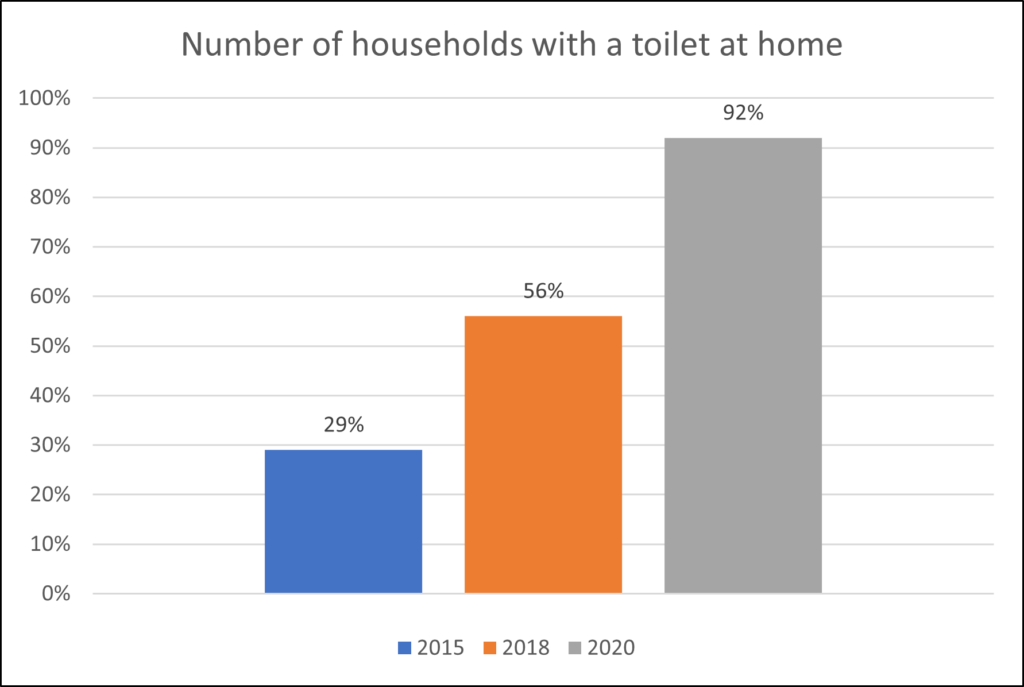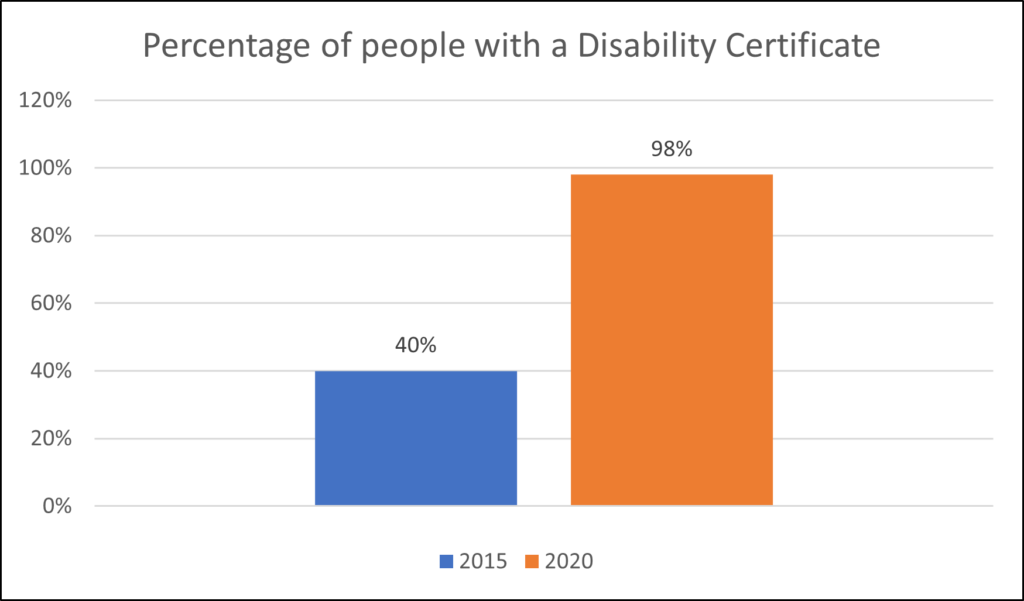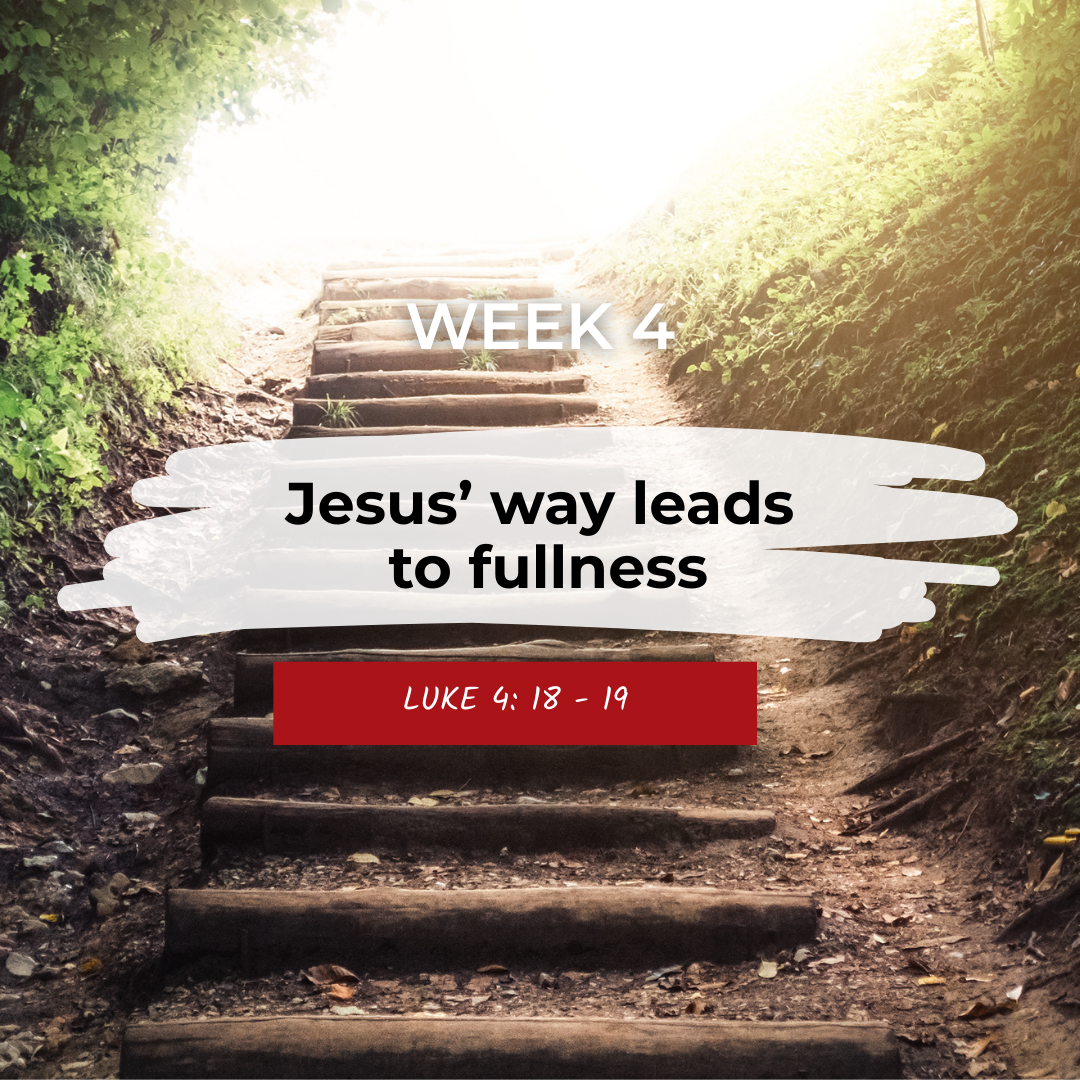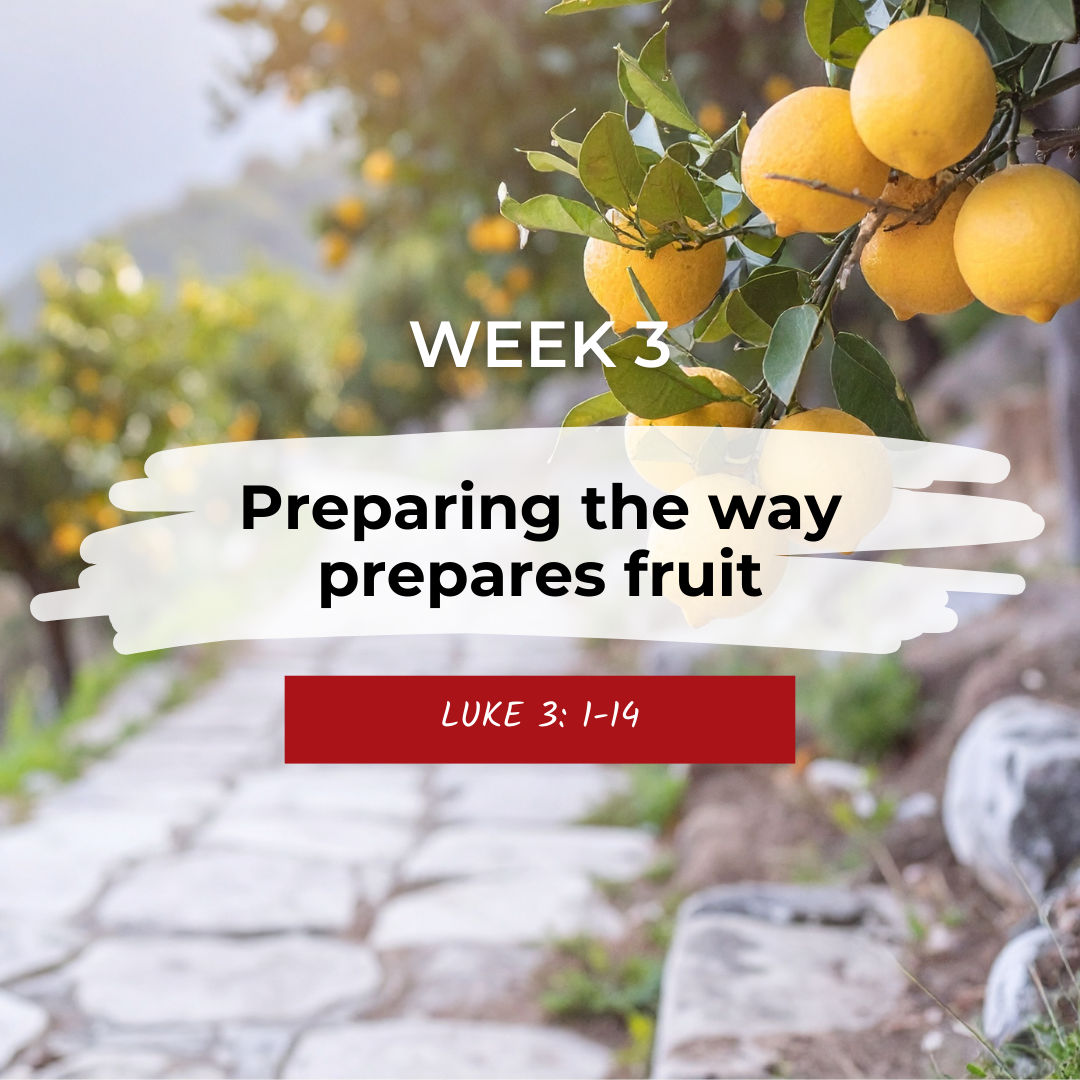Poverty reduction in India
Stories | February 15, 2022
In 2020, global extreme poverty increased for this first time in 20 years. The Covid-19 pandemic has had a devastating effect on progress made towards reducing global poverty, pushing a further 88 to 115 million people into extreme poverty, a figure which was expected to reach 150 million by the end of 2021.
The rise in global poverty is extremely concerning given that disability and poverty go hand in hand. Breaking the cycle is key to both protecting the rights of people with disabilities and lifting people out of poverty.
On October 17th, 2021, CBM Australia celebrated the International Day for the Eradication of Poverty and continued raising awareness about the need to end global poverty.
For the past six years, CBM Australia had been supporting a Community Based Inclusive Development program in India that focuses on improving the economic situation for over 4,000 participants.
A report drawing on evaluations carried out in 2015 and 2020 showed that the project had a positive impact on the lives of people with disabilities and their families.
By 2020, 85 per cent of people with disabilities felt their economic situation had improved as a result of the project.
This enabled them to better meet their own needs and those of their families in regards to food, nutrition and health, while acknowledging the negative impact of Covid-19.
The project also changed the way people with disabilities perceived their own situation and the way family and community members viewed disability.
By 2020, 90 per cent of people with disabilities were being included in family decisions and 80 per cent were participating in community level discussions.
It led to greater disability inclusion within families and the community, and supported household improvements.

As the project progressed, more people with disabilities were able to access government schemes and benefits. By 2020, almost all people with disabilities had a disability certificate and a large number were accessing the disability pension.

Many also received assistive devices, such as wheelchairs, hearings aids and rehabilitation services. For people like Snehlata – a women living with a disability that made it hard for her to walk – receiving an assistive device, such as a tricycle, not only increased mobility, but built confidence, independence and improved their economic potential.
“During the programme implementation I received a tricycle… Now I have started commuting independently and am able to do most of my work… Our income has improved drastically. I thank CBM for every bit of change it brought to my life. Today, I happily proclaim that I lead a stable and independent life,” said Snehlata.
CBM acknowledges the support of the Australian Government through the Australian NGO Cooperation Program (ANCP)
https://www.cbm.org.au/stories/poverty-reduction-in-india
Related Stories

Advent 2025: Jesus’ way leads to fullness
The way of Jesus gives people freedom and empowers them to live out their God-given purpose. The last few weeks...

Advent 2025: Preparing the way produces fruit
John the Baptist called people to prepare for God’s presence through repentance and by producing fruit (acts of justice,...

From sports to advocacy – the journey of the Isiolo Umbrella Disability Group
The Promoting Inclusive Delivery of Eye Care (PRIDE) Project is a...
